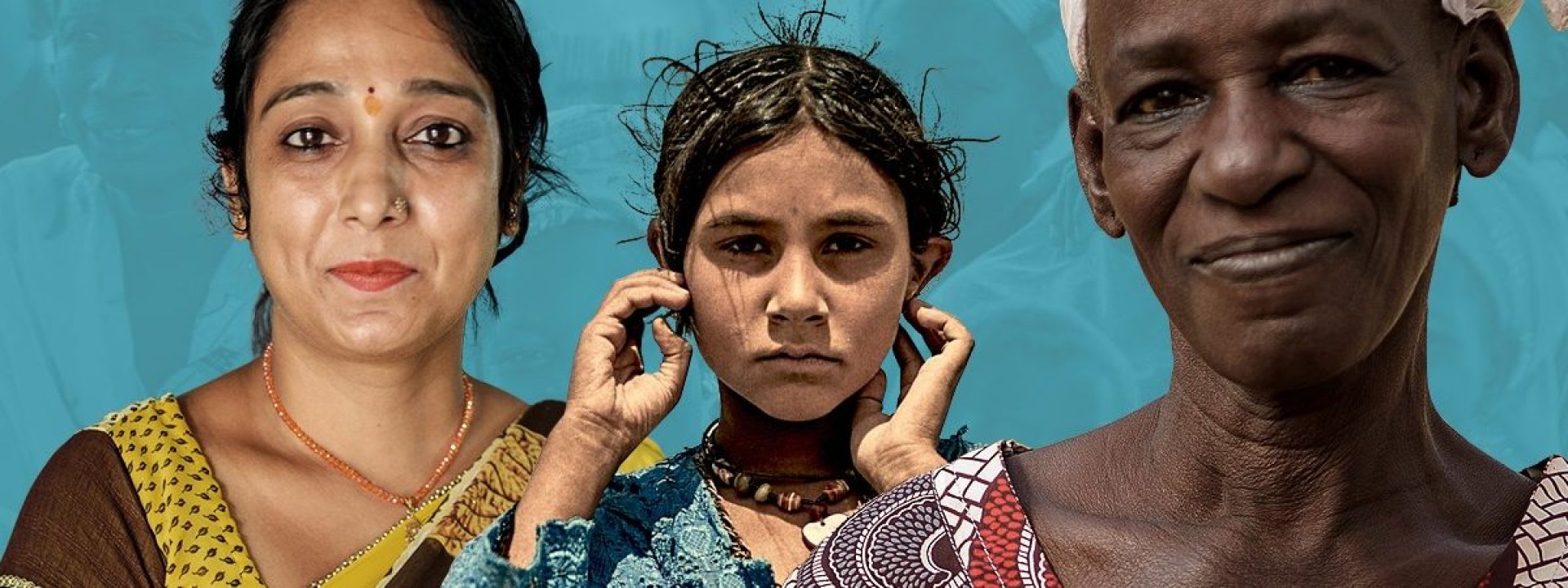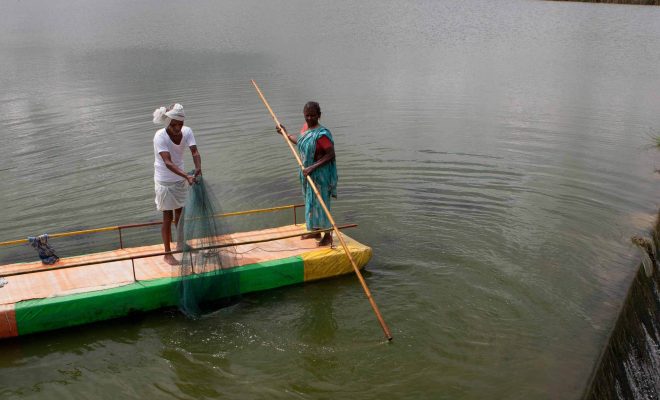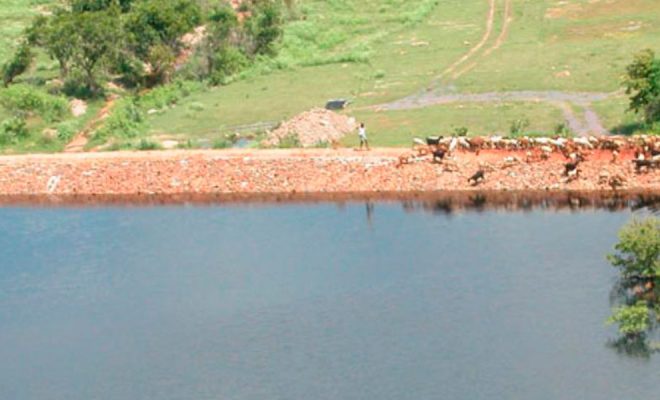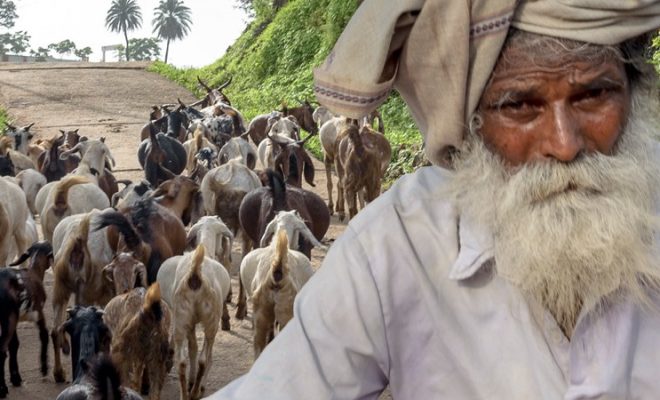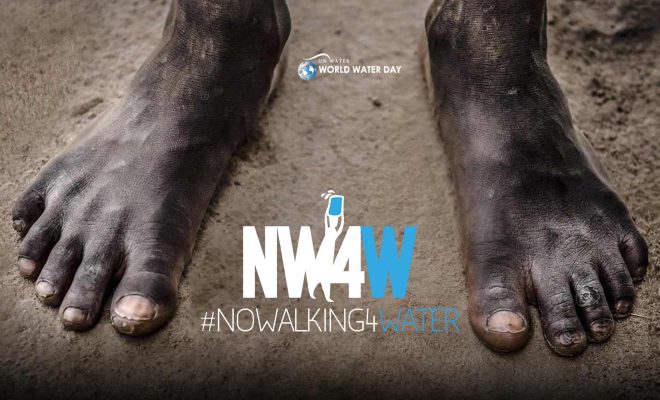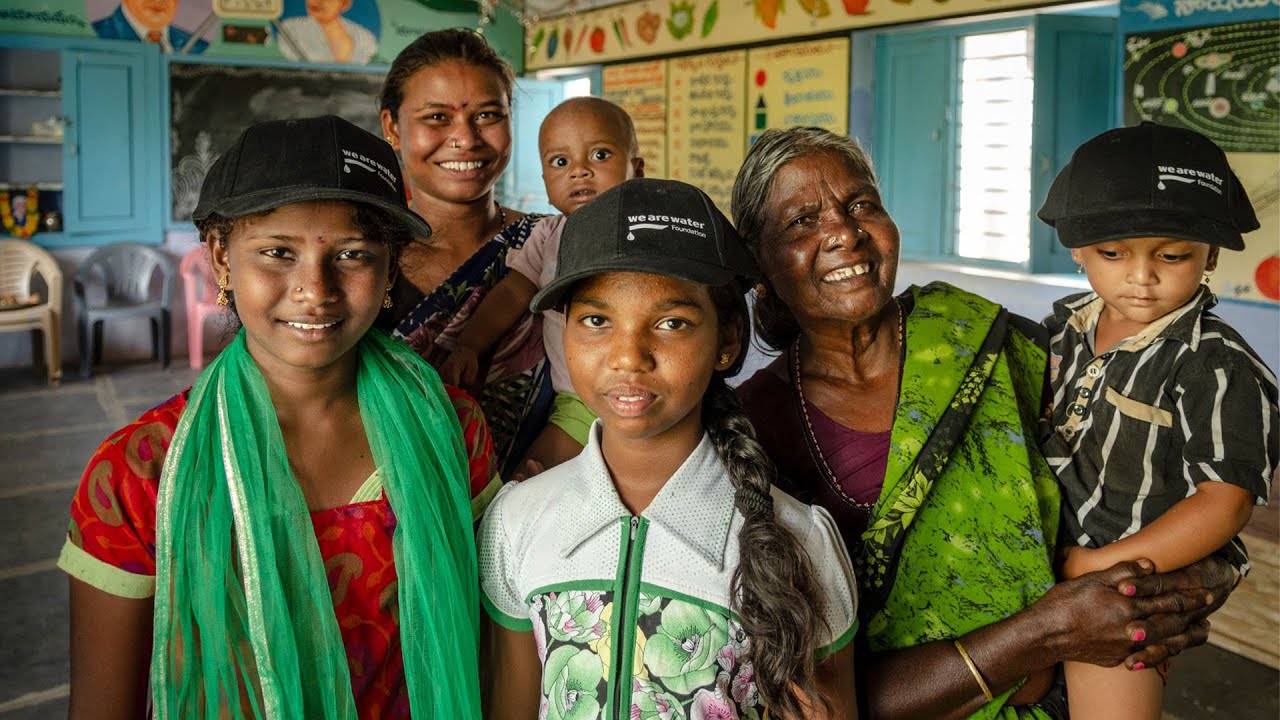
In recent years there has been less rainfall in the south of Rajasthan state, and the population anxiously awaits the onset of each wet season. The region is located in an area where water resources depend on the southwest monsoon, which mainly occurs from July to September. Adding to the lack of rainfall is the increase in overexploitation and industrial activity that disrupts the water cycle.
Pratapgarh district is in this water stress zone. Many of its rural communities lack secure access to water and are highly vulnerable to the impacts of climate change. Moreover, in every drought, humanitarian crises of poverty and famine are triggered, resulting in migration to large cities.
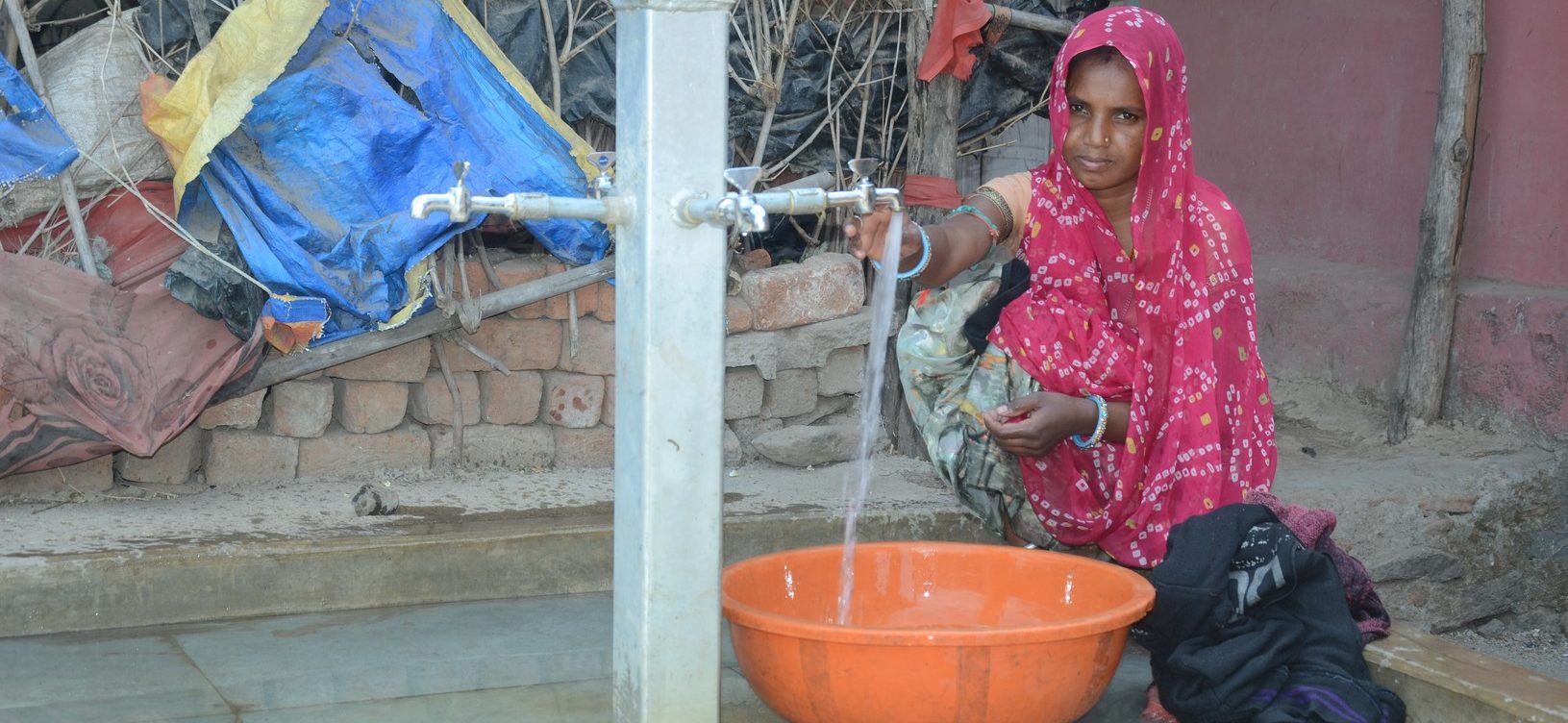
Freed from having to fetch water, women provide crucial support that multiplies the benefits for the community. © World Vision
In Pratapgarh, we have completed a project that has provided access to safe drinking water to about 780 families in four villages. The supply is based on the hub & spoke system, which we have already implemented with World Vision in Dewas. It consists of drawing water from the best available source (hub) through solar-powered pumps and distributing it to community supply points (spokes). The hub is a tank of about 5,000-liter capacity that is elevated to facilitate water circulation by gravity.
Two hours for each woman, thousands of hours for the community
The location of supply points is calculated to ensure that access time is at most 30 minutes, including travel time to and from the dwelling and waiting time. These are the requirements WHO sets for defining “basic” access to water. 1,235 million people worldwide (764 in rural areas and more than 470 in urban areas) have this type of access.
In a community such as Pratapgarh, where women used to spend an average of 150 minutes fetching water, the new system saves two hours a day. This is precious time that the women can use for their families, education, and community work.
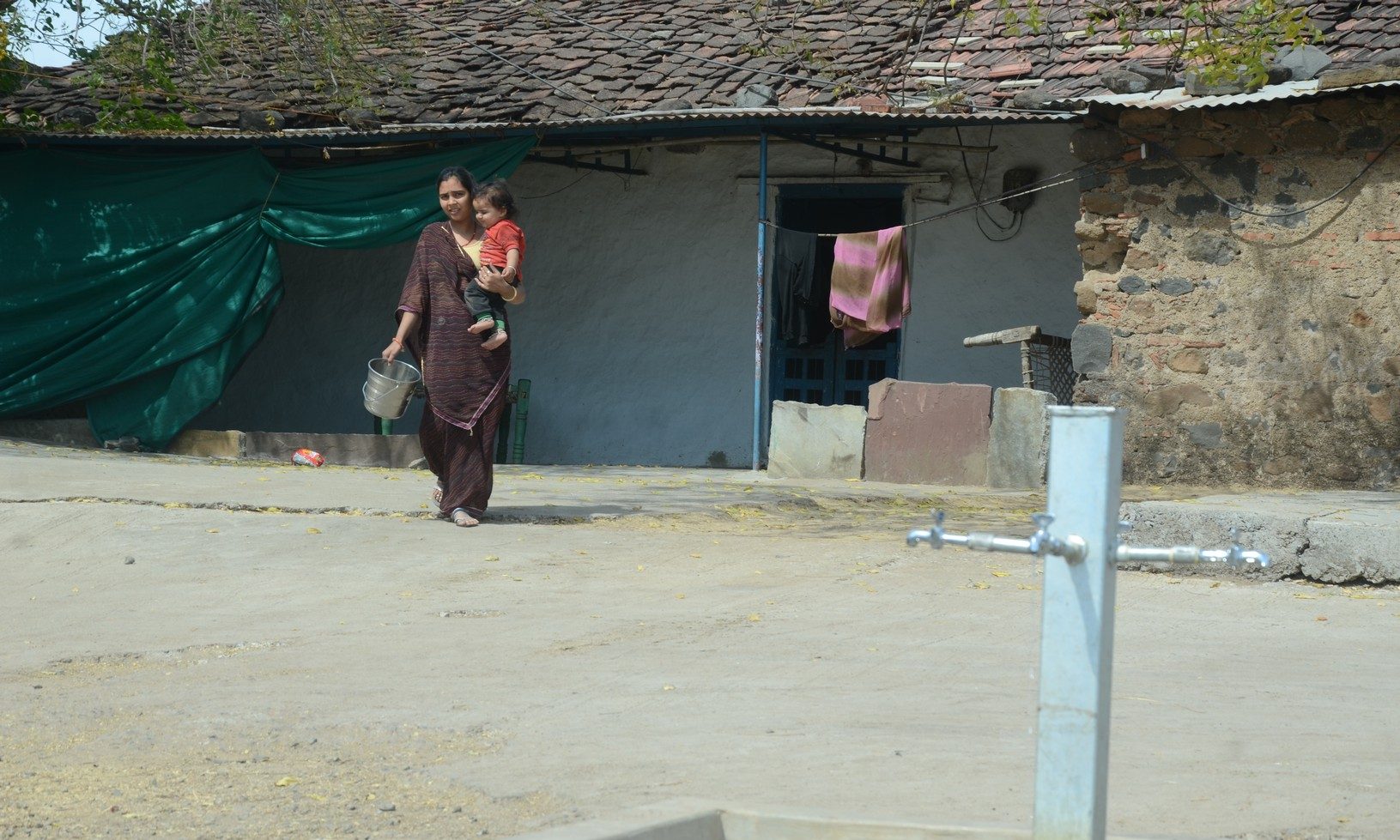
In a community such as Pratapgarh, where women used to spend an average of 150 minutes fetching water, the new system saves two hours a day. © World Vision
In the project, once the water supply is operational, the time saved has been used to train the women to be the leading managers of the water and facilities. In the four villages, 120 women were trained in pump operation, maintenance, and repair using specialized tool kits. They were also trained to draw up a social map showing households, the locations of drinking water sources and their current state, the location of drains, and the level of waterlogging on the land in their villages.
Thus, trained and equipped, the women become the backbone of the project’s sustainability. They are in a better position to understand the problems and make informed decisions to address solutions and are vital to maintaining the water user committees. For example, women can now do minor repairs to hand pumps without needing assistance from men.
Collecting and taking care of rainwater
In the southern Indian state of Tamil Nadu, the monsoon climate differs from Rajasthan’s, but the problems are similar. There are two rainy seasons: from June to September, the southwest monsoon, which provides significant rainfall; from October to December, the northeast monsoon, which is less intense.
Here again, rainfall variability affects the water security of the rural population. This is the case in Marungapuri in Tiruchirappalli district, where women must walk for miles to fetch water for drinking, cooking, and personal hygiene. Watering livestock is also extremely difficult.
The water table has dropped below 300 meters due to the decline in monsoon rain over the past three years. As in Pratapgarh, droughts and periods of scarcity lead to increased migratory movements to the big cities.
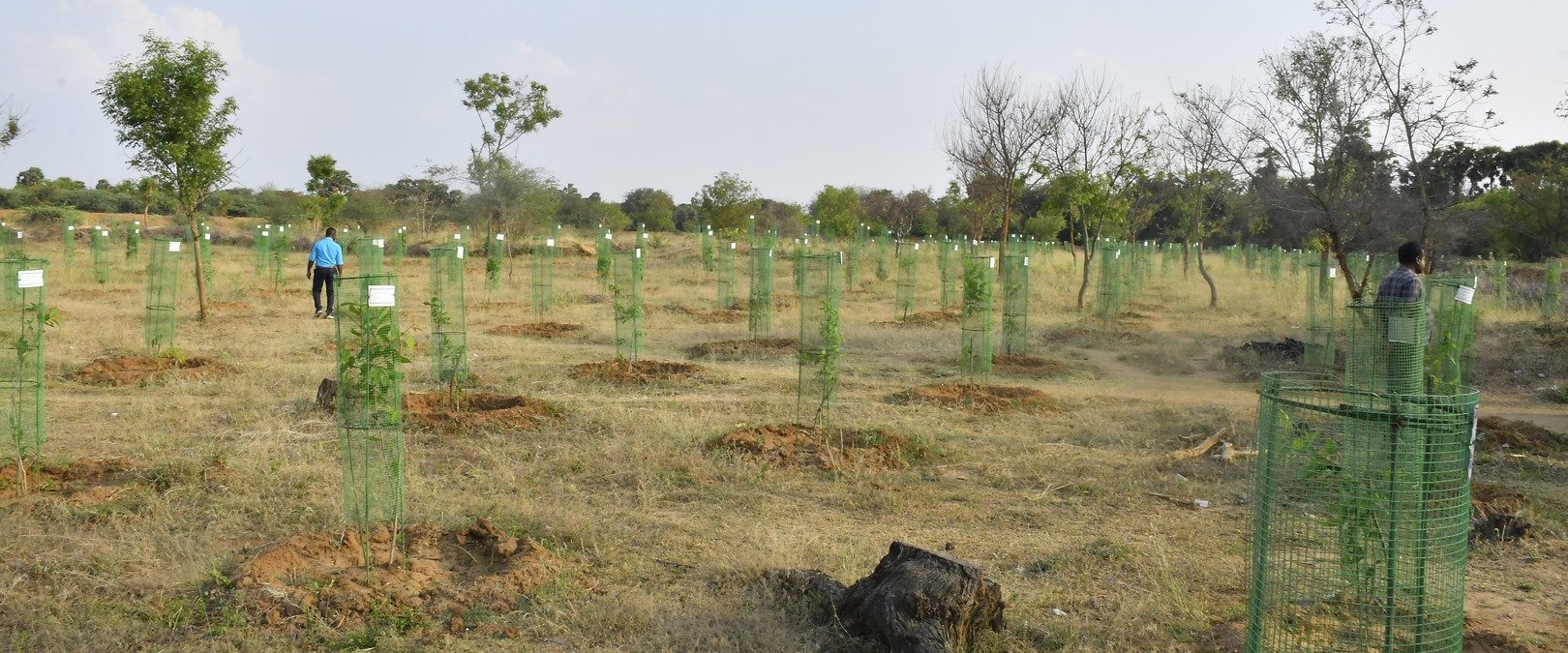
In Marungapuri in Tiruchirappalli district, about 1,000 trees of native varieties were planted in the watersheds to increase the green cover and reduce soil erosion and violent runoff. © World Vision
We have completed another drought mitigation project based on renovating the area’s ponds, increasing their capacity. As a result, more than 1,500 families in six villages benefit from the additional 15,047 m3 of water that the adjacent ponds, which have been excavated to gain depth, can hold, and their adjacent embankments treated to protect the dammed water.
Simultaneously, about 1,000 trees of native varieties were planted in the watersheds to increase the green cover and reduce soil erosion and violent runoff.
More than 93,000 women take care of rainwater
Here, too, women are the pillar of sustainability. The project included an educational rainwater harvesting program involving more than 12,400 women and 7,600 men in five villages in the district. Five information circuits were also carried out for schoolchildren and villagers in the area, involving some 81,000 women and 3,700 men. As a result, more than 93,000 women have learned how to manage the water cycle.
As in Pratapgarh, we also developed training programs in water conservation, leak repair, and social and behavioral changes in water use and consumption. In all of them, women become the basis of the new water culture, which is essential for the project to last with its benefits. Moreover, this is the most important tool the communities have to face the impacts of climate change.
Harnessing monsoon water, India’s great challenge
In India, the world’s most populous country, almost all agriculture and livestock farming depends on monsoon rains. They fill the aquifers, irrigate the forests and guarantee the supply of the large urban centers. Efforts must focus on preventing their irregularity from driving small farmers to ruin. They must be empowered in the face of drought, soil degradation, monoculture, and social imbalance. Proper water management must be accompanied by the maximum use of runoff to store water and recharge aquifers. In addition to regenerating natural ponds, the construction of small self-managed reservoirs restores life to the most impoverished farmers. It is a development model to be followed in semi-arid lands.
Our experience in constructing these small hydraulic infrastructures is extensive: some 5,500 farmers have benefited from the four dams built with the Vicente Ferrer Foundation, in addition to the more than 11,000 beneficiaries of the Pratapgarh and Marungapuri projects with World Vision. Moreover, in rural India, we have already developed 17 water access projects, which have benefited more than 142,000 farmers.
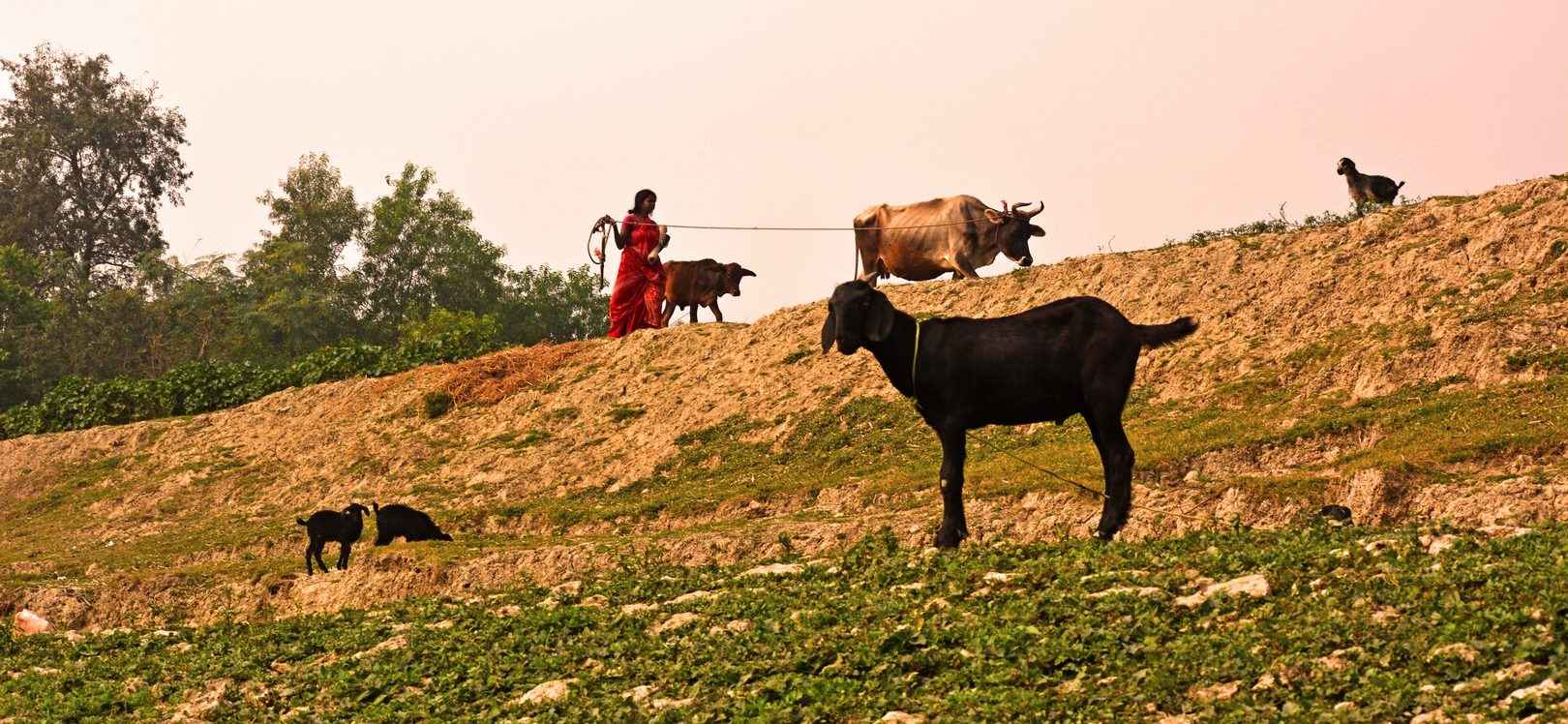
In India, the world’s most populous country, almost all agriculture and livestock farming depends on monsoon rains. © Wiki Loves Earth
In all of them, the most valuable experience is the importance of full community ownership. It begins with understanding the problem and its causes and ends with full participation in the management and maintenance of the infrastructure. Here the role of women is essential. Freed from the servitude of having to fetch water, educated and trained in the water cycle, and able to manage the resources, women take the lead in decision making, and the benefits to the community multiply. A solid foundation for achieving gender justice is created. The basis for sustainability.


